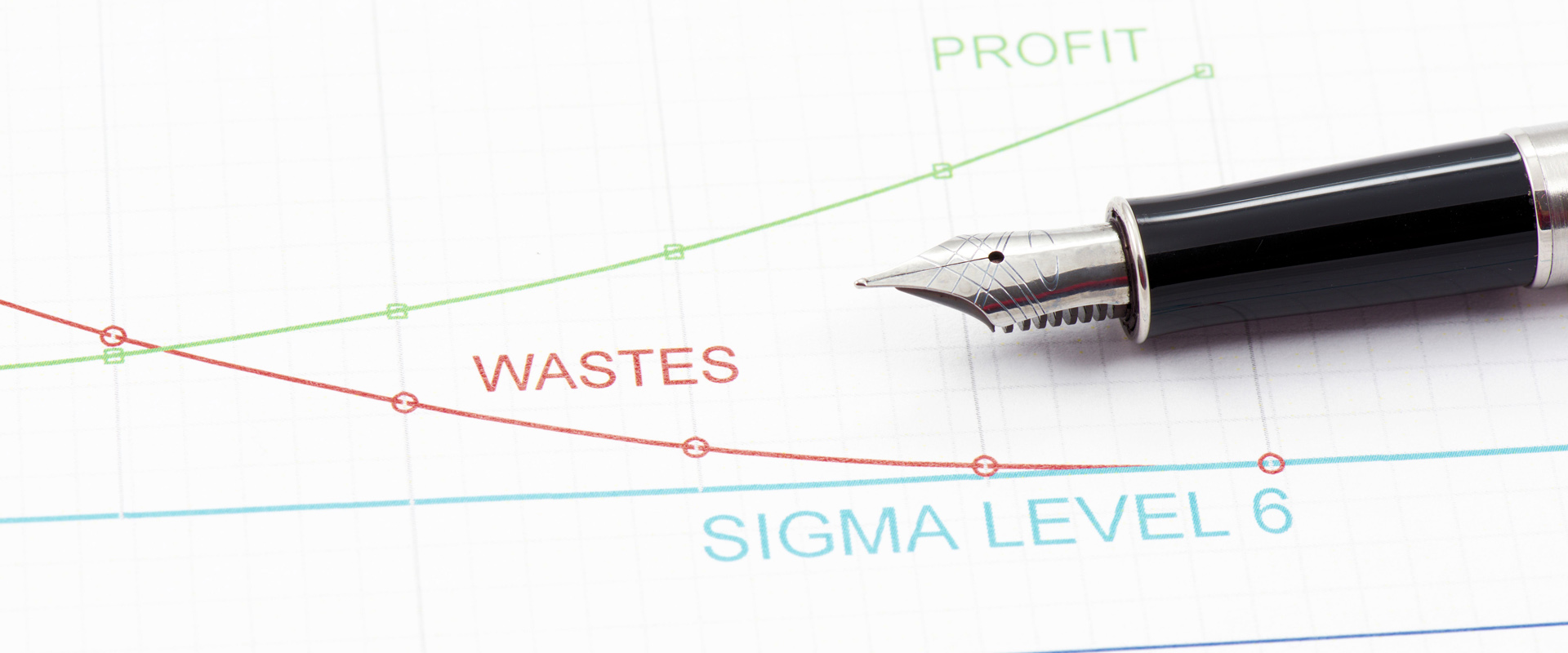When I was younger, and my Dad would explain things to me about the world we live in, as most children do, I would often respond with ‘Why is that Dad?’
If I didn’t get an answer that helped me understand why, I would ask ‘Why’ again, and again and again and again.
After the fifth why, my Dad would get quite upset with me, a vein would pop out his neck, and end the conversation with him shouting "because it is, OK!"
I still didn’t know why though.
5Y is remarkably simple and can be used as a standalone tool or part of wider investigations into problems.
Now I’m older, and working in the world of business, my approach actually hasn’t changed that much and I’m still just as curious.
Now though, my whys come from dealing with a problem or trying to get to the root cause of a problem which has affected Customer Service.
How is asking Why a Lean Sigma Tool?
Lean Six Sigma has a simple yet powerful tool for dealing with and understanding root causes. Quite aptly the tool is called The 5 Why’s (5Y).

Lean Sigma
This is all about reducing waste to maximise profit and make your business more efficient
The 5Y Approach
Sakichi Toyoda is one of the fathers of the Japanese industrial revolution, and developed the 5Y technique in the 1930s. He was an industrialist, inventor and founder of Toyota Motors Industries, and belonged to the same Lean Toyota revolution, mentioned in my last article - Be part of a Lean machine with 5S.
5Y is remarkably simple and can be used as a standalone tool or part of wider investigations into problems. All you do, is when a problem occurs, you drill down to its root cause by asking "why?" five times. That’s it. However the strength of the 5Y test is in the repetition and that’s important to remember.
How does it work?
1) First, write down the specific problem. Writing the issue helps you formalise the problem and describe it completely. It also helps a team focus on the same problem.
2) Next, ask why the problem happens and write the answer down below the problem.
3) If the answer you just provided doesn’t identify the root cause of the problem that you wrote down in Step 1, ask Why again and write that answer down.
4) Loop back to step 3 until the team is in agreement that the problem’s root cause is identified. Again, this may take fewer or more times than five Whys. But usually 5 gets to the root cause.
Let’s put this into practise using an example from www.toolshero.com/problem-solving/5-whys-analysis
Example of 5Y
A garage business is dealing with a bad delivery of car tyre. Normally the delivery takes place within 24 hours, but the delays are now running up to 3 working days.
- Not able to deliver tyres within 24 hours – Why?
- Supplier has insufficient stock – Why?
- Supplier depends on exporter; cargo boats are delayed – Why?
- The cargo boats are waiting for freight to fill up their holds – Why?
- In times of crisis freight boats get fewer orders and therefore collect different freights that can be transported in one journey – Why?
This is how the root cause of the problem is identified and it enables a company to find a solution. Now the garage knows the route cause, they can try and find another solution with the supplier, or consider buying tyres elsewhere. This is what we call the counter measure.
Counter Measures
Olivier Serrat at Cornell University wrote an article in 2009 called The 5 Why Technique. In this, Serrat pinpointed that the counter measure is the next key step.
The aim in having identified the counter measure is you can prevent this happening again. The benefits to the customers here are much greater than solving a peripheral problem once, if you don’t know why it happened in the first place.
Counter Measures don’t have to be expensive either, some of the biggest changes can happen from the simplest of solutions, and this is where a team of people working on counter measures can be beneficial.
Today, the 5Y analysis is frequently used within Lean, Gemba Kaizen and Six Sigma as a tool that can greatly transform problem solving. 5Y can be used in conjunction with a Fishbone Diagram or more commonly known as the Cause and Effect Rule, which Serrat also identified in his article.
Looking back, and if most of us thought about it, we probably use or have used the 5Y technique without us even realising it…perhaps not as ferociously as me with my Dad though!
Emma Gold is Customer Service & Operations Manager at Mitsubishi Electric
If you have any questions about this article, you can contact us via email. Or if you would like to tweet us, please follow our MEUK_LES twitter page.
We upload new articles every week so remember to check back regularly.
You can also sign up for our monthly newsletter below.



